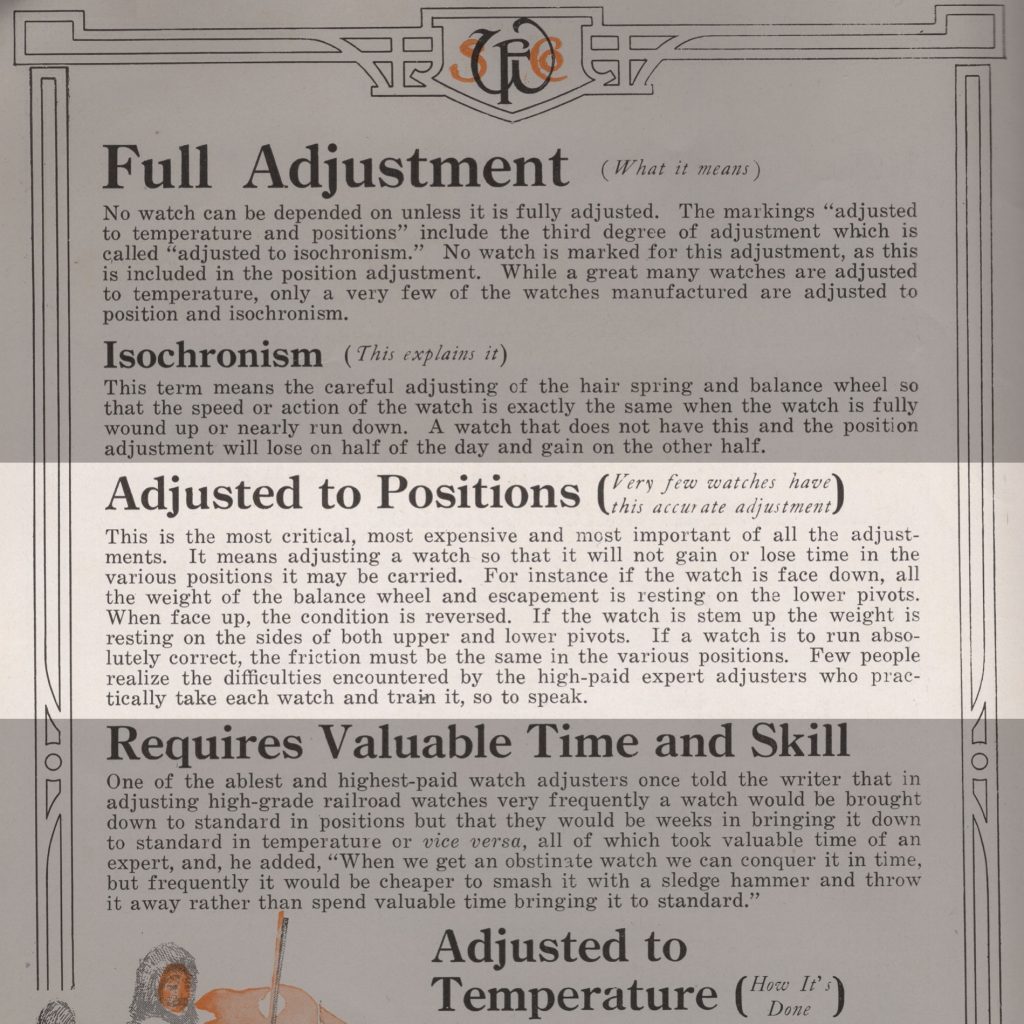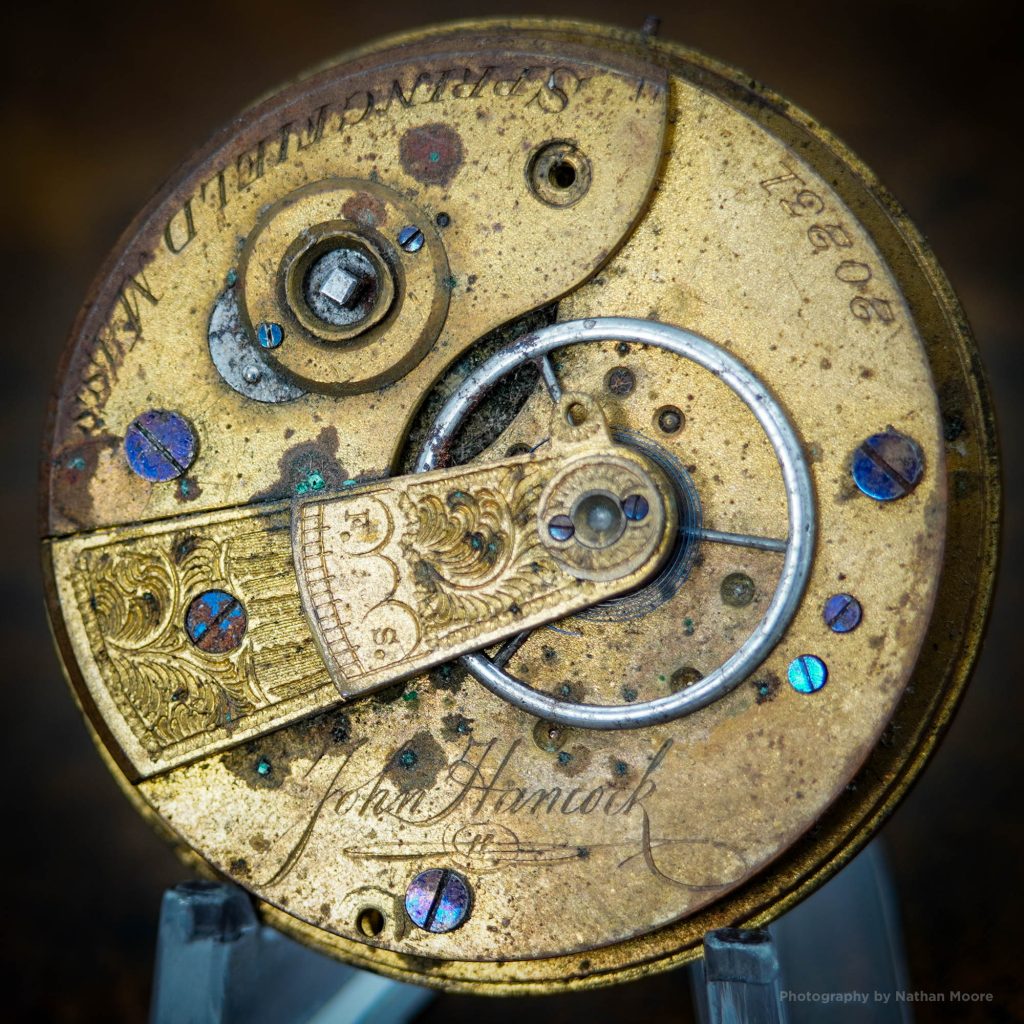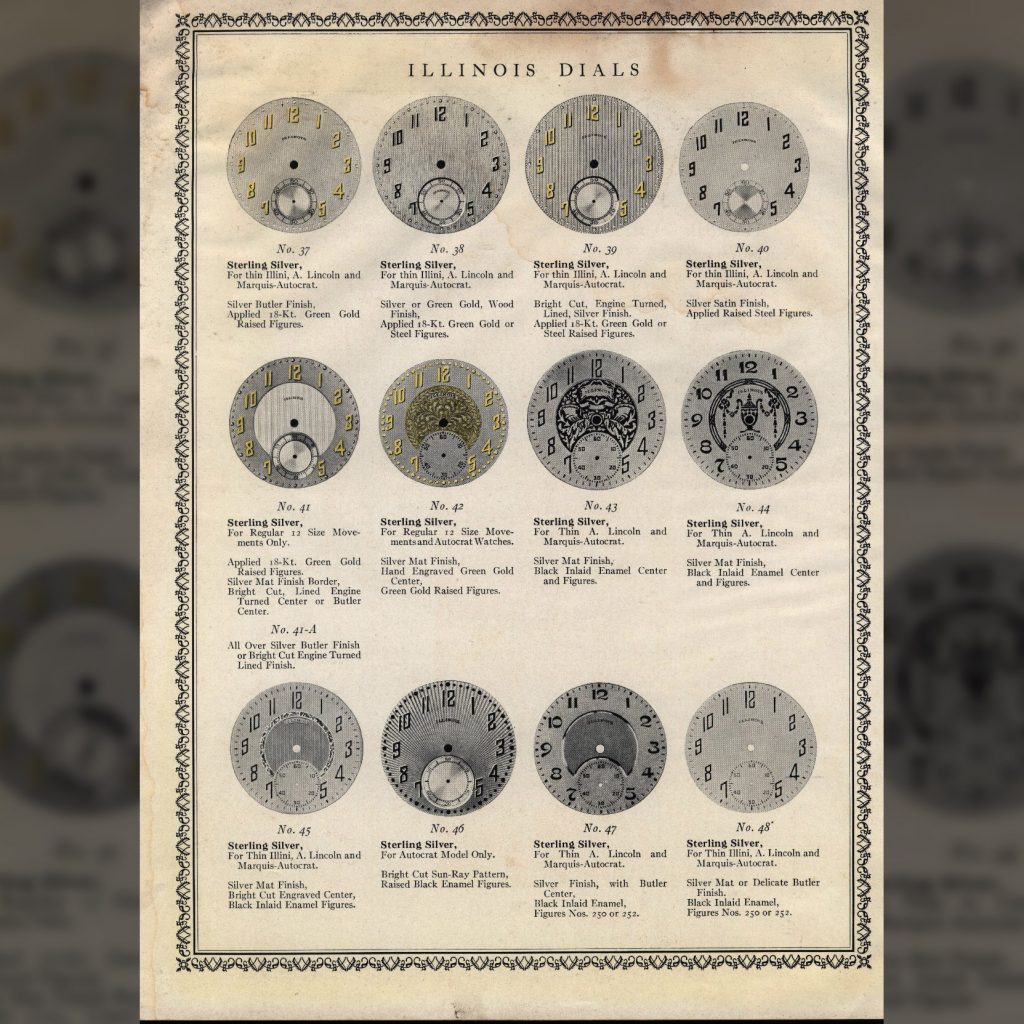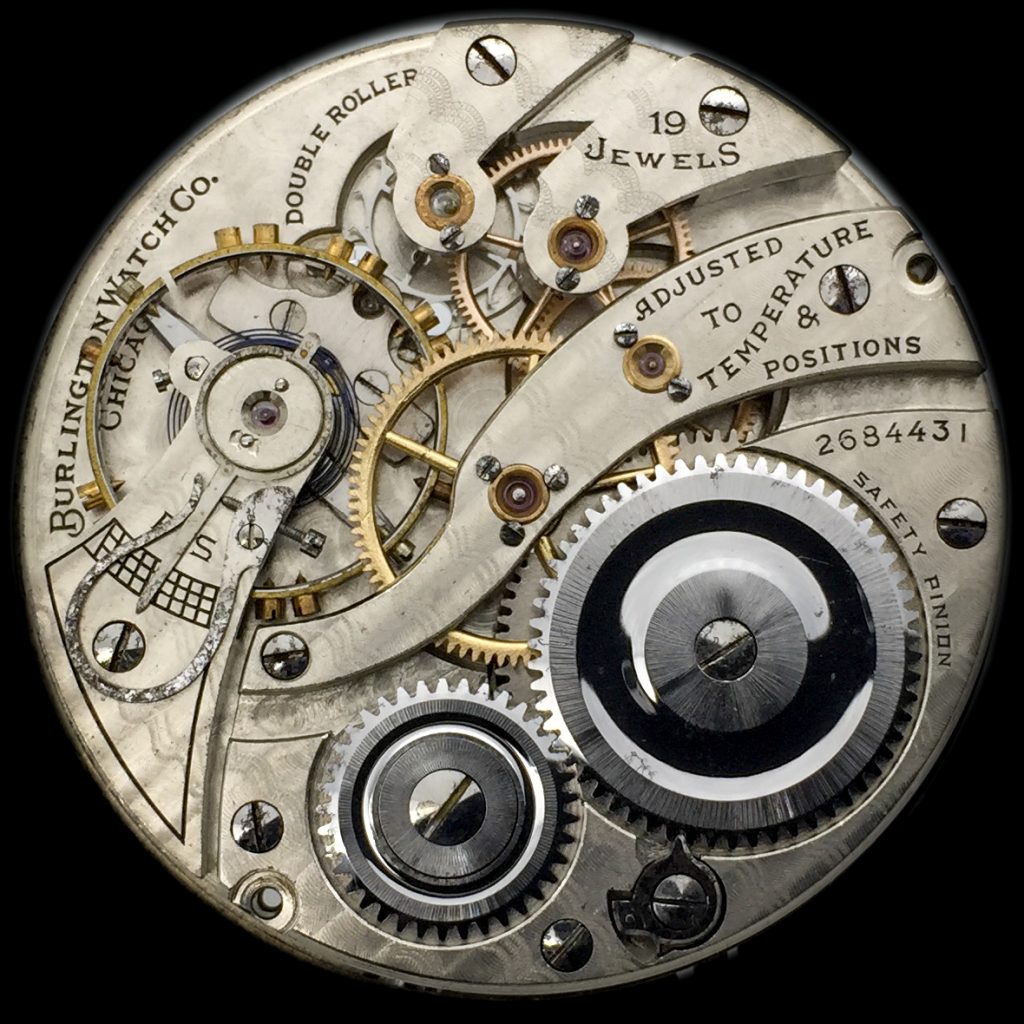Private Label Trade Names on American Pocket Watches: “Santa Fe Special” Part 18

In original promotional materials, the Santa Fe Watch Company always maintained a level of ambiguity when describing the positional adjustments applied to the Santa Fe Special watches.
Additionally, the 16-Size watches sold by the company were marked “Adjusted to Temperature and Positions,” omitting the exact number of positional adjustments.
Despite this uncertainty, most researchers have concluded that the Santa Fe Special watches were adjusted to three positions for the following reasons:
- The standard 16-Size, 21-Jewel, Open Face “Santa Fe Special” movements were classified as Grade 806 by the Illinois Watch Company. Similar numerical grades (306, 406, 506, 606, 706, etc.) feature runs with movements marked “Adjusted 3 Positions.”
- While the Santa Fe Special movements are not marked indicating the exact positional adjustments, other Grade 806 runs include private label movements marked “Stewart” and “Adjusted 3 Positions.”
- The Santa Fe Special was advertised as being approved for service on the Santa Fe Railroad, only requiring watches to be adjusted to three positions during this time.
- The c.1920 Santa Fe Watch Company catalog (pictured) includes descriptions of the dial-up, dial-down, and pendant-up positions in a summary explaining the positional adjustments applied to the Santa Fe Special watches.
- If the watch was adjusted to five positions, it would have been in the company’s interest to promote the watch as such. The additional positional adjustments would have qualified the Santa Fe Special watches on railroads across the country with more stringent requirements instead of those that only required adjustment to three positions.
All evidence supports that the Santa Fe Watch Company intentionally kept the level of positional adjustments ambiguous. At the time, the Illinois Watch Company was marking similar movements “Adjusted 3 Positions” and could have easily applied the marking to the Santa Fe Special watches. However, the implied positional adjustments were leveraged as a sales gimmick, marketing a railroad watch that would have only satisfied the Santa Fe Railroad requirements (and a few other limited lines) but not the majority of American railroads.



